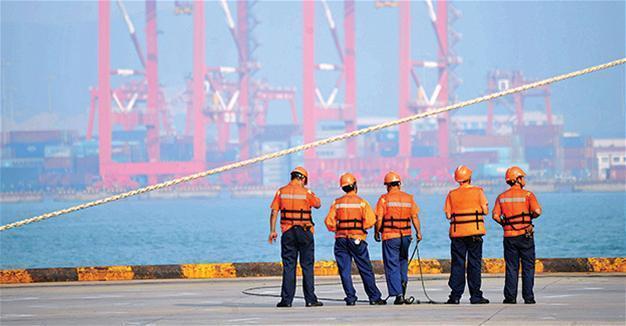WTO members record lowest monthly average in new trade restrictions since 2008
GENEVA

Between mid-October 2016 and mid-May 2017 WTO members recorded the lowest monthly average of new trade restrictions since the financial crisis of 2008, according to the Director-General’s mid-year report on trade-related developments, which was presented to members on July 24.
Director-General Roberto Azevêdo welcomed this news, and urged WTO members to show continued moderation, according to a release on the WTO website.
The report also showed that the trade coverage of the trade-facilitating measures was significantly higher than that of the restrictions.
The report, which was discussed at the meeting of the WTO’s Trade Policy Review Body (TPRB), showed that 74 new trade-restrictive measures were initiated by members during the review period, including new or increased tariffs, customs regulations and quantitative restrictions, amounting to almost 11 new measures per month.
“This constitutes a significant decrease over the previous review period (mid-October 2015 to mid-October 2016), where an average of 15 measures per month were recorded, and marks the lowest monthly average over the past decade,” read the release.
During the same period, WTO members applied 80 new measures (over 11 new measures per month) aimed at facilitating trade, including eliminating or reducing tariffs and simplifying customs procedures.
This marks the second lowest monthly average since the trade monitoring exercise began in 2008, it added.
“The report shows an encouraging decrease in the rate of new trade-restrictive measures put in place — hitting the lowest monthly average since the financial crisis,” Director-General Roberto Azevêdo said.
“The larger trade coverage of import-facilitating measures during the review period is also a very positive development and a clear sign that WTO members are working to improve the global trading environment. I urge WTO members to continue showing moderation and restraint in their use of trade restrictions, despite the persistent uncertainty facing the global economy.”
 Between mid-October 2016 and mid-May 2017 WTO members recorded the lowest monthly average of new trade restrictions since the financial crisis of 2008, according to the Director-General’s mid-year report on trade-related developments, which was presented to members on July 24.
Between mid-October 2016 and mid-May 2017 WTO members recorded the lowest monthly average of new trade restrictions since the financial crisis of 2008, according to the Director-General’s mid-year report on trade-related developments, which was presented to members on July 24.